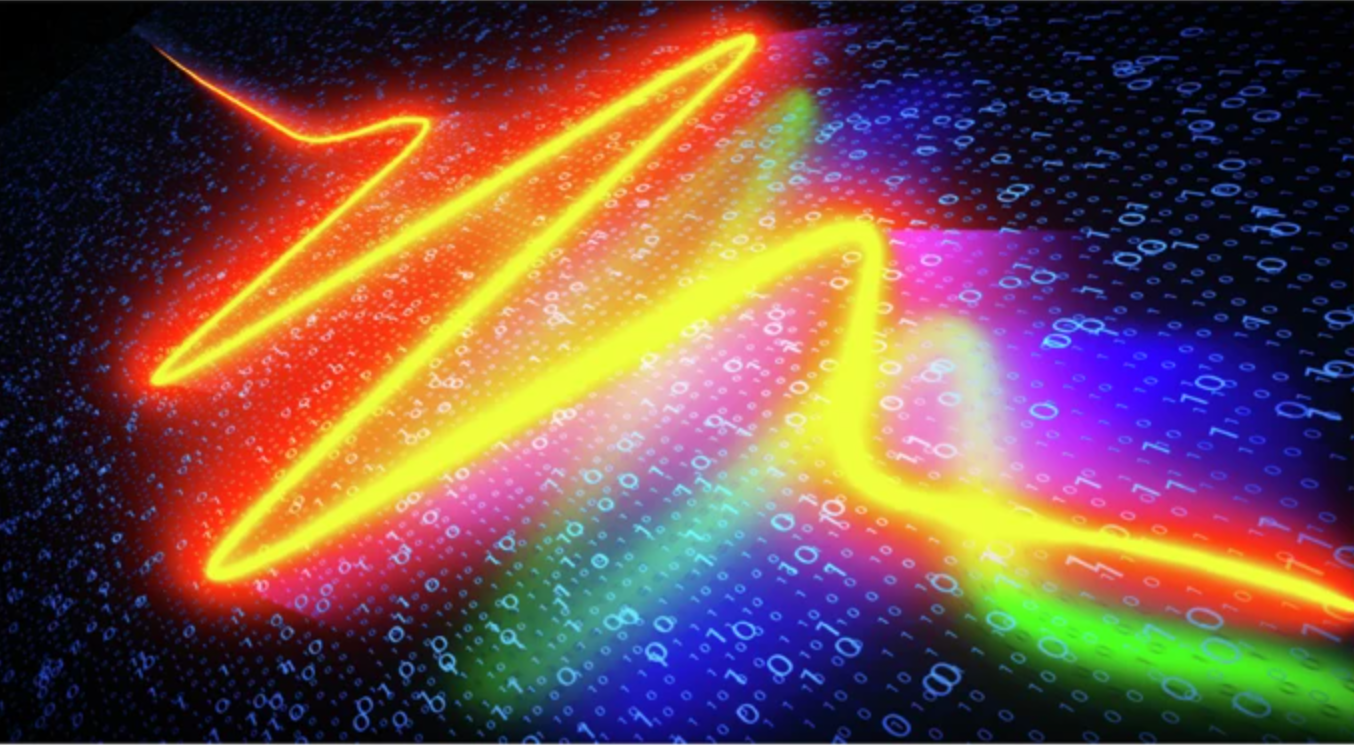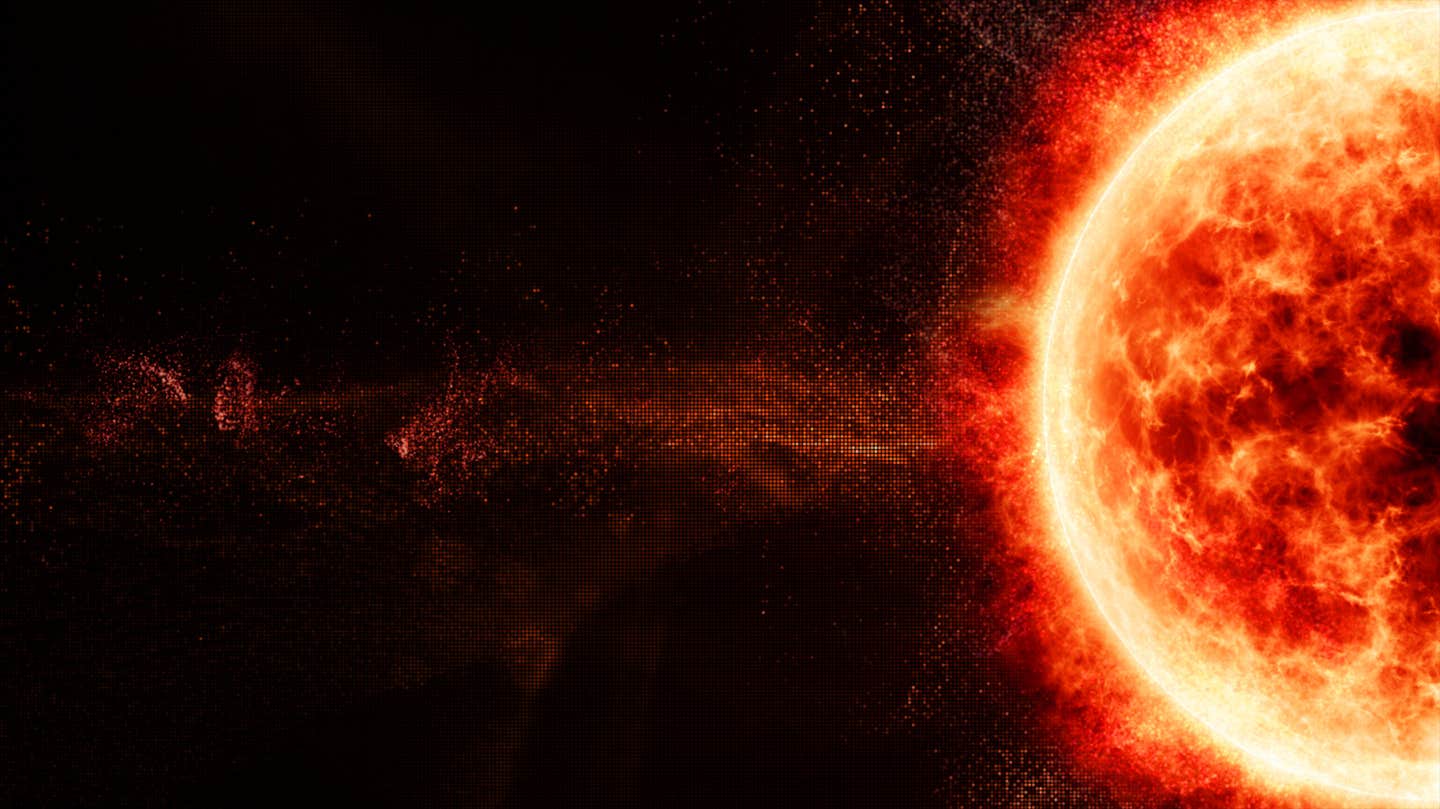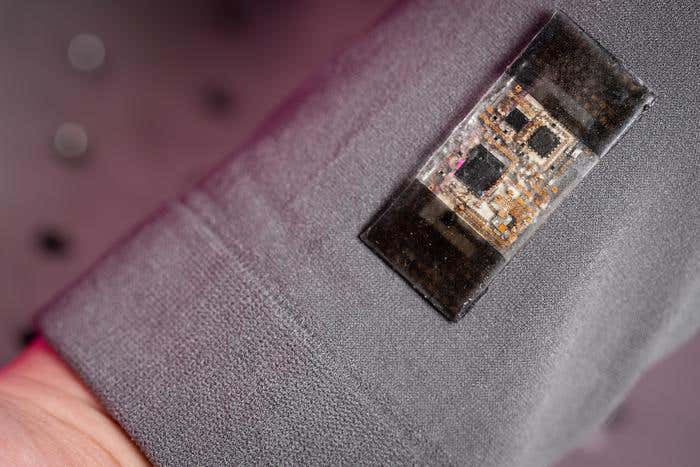Scientists make first-ever measurement of quantum uncertainty in real-time
Scientists control and measure quantum uncertainty in real time using ultrafast squeezed light pulses for petahertz communication.

Researchers have captured and controlled quantum uncertainty in real time using ultrafast squeezed light pulses (CREDIT: Light Science & Applications)
In a stunning leap for quantum optics, scientists have generated ultrafast light pulses whose quantum uncertainty can be directly controlled and observed in real time. The achievement pushes the boundaries of both physics and technology, offering a new way to visualize the mysterious uncertainty principle first introduced by Werner Heisenberg nearly a century ago.
A New Window into Quantum Light
The global collaboration, led by University of Arizona's Dr. Mohammed Th. Hassan, in collaboration with colleagues from Spain's ICFO and Ludwig-Maximilians-Universität München in Germany, created some of the world's shortest quantum-synthesized light pulses. The pulses are only a few femtoseconds—millionths of a billionth of a second—and demonstrate the behavior of quantum uncertainty on attosecond timescales.
Their work describes how the researchers created "squeezed light" through a nonlinear process called degenerate four-wave mixing in fused silica. In this unique form of light, variations of one property—like intensity—are reduced, or "squeezed," and uncertainty in another, for example, phase, is increased.
Squeezed light enables us to go beyond classical limits," Dr. Hassan said. "We have shown that quantum uncertainty is not only measurable but also controllable. It is a new frontier for quantum science."
How Ultrafast Squeezed Light Is Made
The experiment began with a broad light spectrum that consisted of ultraviolet, visible, and near-infrared wavelengths. The scientists split the supercontinuum into three channels, shortened them to pulses less than 10 femtoseconds, and combined them to produce a synchronized waveform that lasted for just two optical cycles.
When those carefully timed laser beams met a thin silica crystal, they communicated to produce squeezed pulses—light whose fluctuations in intensity were reduced to levels previously unachievable. By changing the crystal's orientation, the team could switch between amplitude squeezing (stable brightness) and phase squeezing (stable timing).
By measuring the phase and amplitude of squeezed light against a normal reference beam, the researchers confirmed that uncertainty in amplitude had indeed decreased and uncertainty in phase had increased, as quantum theory had forecasted.
Tracking Quantum Uncertainty Unfold
What really makes the breakthrough revolutionary is not simply producing squeezed light—it's having the ability to measure its uncertainty change in real time. Through manipulation of an array of exact delay controls, the scientists minimally altered the timing between the three input beams by attoseconds.
They found that if all pulses perfectly coincided, uncertainty of amplitude was smallest. As soon as one pulse lagged or led another, that uncertainty was higher. This dynamic process revealed, for the first time ever, how quantum uncertainty develops and stabilizes over time rather than being static.
This change from amplitude to phase squeezing turned this trend around, showing that both types of uncertainty act uniformly and can be manipulated with ultrahigh precision. The result is the first attosecond-scale measurement of quantum property variations of light.
From Theory to Application
To translate the experimental results, the researchers employed a mathematical model called the Wigner function to project a quantum state's amplitude and phase. The models were in perfect agreement with the experiments, particularly in single-mode light systems.
Quantitatively, the team measured 13.03 decibels of amplitude squeezing in infrared-visible and 8.81 decibels in ultraviolet-visible light—figures that dwarf previous ultrafast photonics efforts. The findings confirm that the generated pulses are among the most precisely controlled quantum light sources created.
Quantum Communication at Petahertz Speeds
Beyond physics, the researchers explained how their squeezed ultrafast pulses might be employed to revolutionize secure communications. They encoded binary information onto the amplitude of squeezed pulses using a light field synthesizer.
In this setup, a transmitter broadcasts pulses that represent digital 1s and 0s depending on their intensity. The receiver verifies the level of squeezing to ensure the signal is not intercepted. Any efforts to intercept the message would disturb the quantum state of the light, alerting eavesdroppers in the process.
This method offers three tiers of protection: a concealed decoding key, an unknown threshold of the signal, and the inherent weakness of squeezed light itself. Because the pulses are of petahertz frequency—about a thousand times faster than the speed of present electronics—this communication may one day be able to deliver huge streams of encoded information virtually instantly.
Bridging Quantum Mechanics and Everyday Technology
The study also sheds light on more universal scientific problems. The ability to visualize quantum uncertainty at attosecond timescales could make ultrafast spectroscopy even more precise, allowing researchers to snapshot molecular or electronic changes as they happen. It could also open up new possibilities for quantum computing and optoelectronics, where ultrafast manipulation of light and matter is important.
Practical challenges remain, however. Squeezed light is sensitive and can degrade as it travels through optical fibers or the air. For this, the researchers suggest delay control and new materials to ensure signal strength over large distances. They also suggest that advances in laser repetition rates and synchronization in the future might enable even faster and more capable systems.
A Turning Point in Quantum Science
For decades, Heisenberg’s uncertainty principle has been treated as a static rule—a boundary no measurement could surpass. This study shows that uncertainty itself can move, fluctuate, and be engineered, bringing quantum mechanics closer to real-world control.
“This represents a paradigm shift in quantum optics,” said Hassan. “We’re not just observing quantum effects—we’re shaping them.”
The achievement is a breakthrough for quantum engineering and ultrafast photonics, bringing together two fields once thought to be too different in speed and accuracy to come together.
Practical Implications of the Research
This work paves the way for a new era of safe, light-based communications that will operate at petahertz speeds. It could also transform the nature of research into electron dynamics within atoms, molecules, and solids with resolution at the attosecond level.
In the future, it could give rise to new quantum technologies—fast computers, sensors capable of sensing tiny changes in the environment—pushing the frontiers of what physics can measure and control.
Research findings are available online in the journal Light Science & Applications.
Related Stories
- New quantum discovery challenges Heisenberg's uncertainty principle
- UCSD physicists develop efficient way to decode quantum systems
- Breakthrough theory links Einstein’s relativity and quantum mechanics
Like these kind of feel good stories? Get The Brighter Side of News' newsletter.
Shy Cohen
Science & Technology Writer



